How Good Is HAL Tejas Light Combat Aircraft (LCA)?

- In January 2001, Tejas took its first flight. The Indian Air Force added the plane to its squadron in 2016.
- At the moment, 50% of Tejas’s parts are made in India, but that number is set to rise to 65%.
The light fighter plane Tejas is an Indian military plane that can fly faster than sound. The Tejas is a fighter jet that has been in the news a lot.
The Aeronautical Development Agency (ADA), which is in charge of the Light Combat Aircraft (LCA) programme, was set up by the Government of India in 1984.
Tejas is a multi-role supersonic fighter with a single engine that is light, quick, and small. It has a digital fly-by-wire Flight Control System (FCS) with advanced flight control laws. The delta-winged plane is made for “air combat” and “offensive air support.” Its other roles are “reconnaissance” and “anti-ship.” Advanced composites are used a lot in the airframe. This gives the plane a high ratio of strength to weight, a long fatigue life, and a low radar signature. Aeronautical Development Agency is in charge of leading the project to make LCA.
LCA Tejas Specifications
The most weight that can be carried by Tejas is 4000 kg. It is a single-pilot, single-engine plane that can carry up to 13,300 kg when it takes off. It can reach a speed of up to Mach 1.8. It has a range of 850 km in general and 500 km in battle.
Tejas is a simple plane that doesn’t cost much. So, it is very appealing to Asian countries that want to keep costs down.
Even though HAL isn’t sold to other countries right now, Singapore, Egypt, Sri Lanka, the United Arab Emirates, Turkmenistan, and Malaysia have all shown interest in getting it.
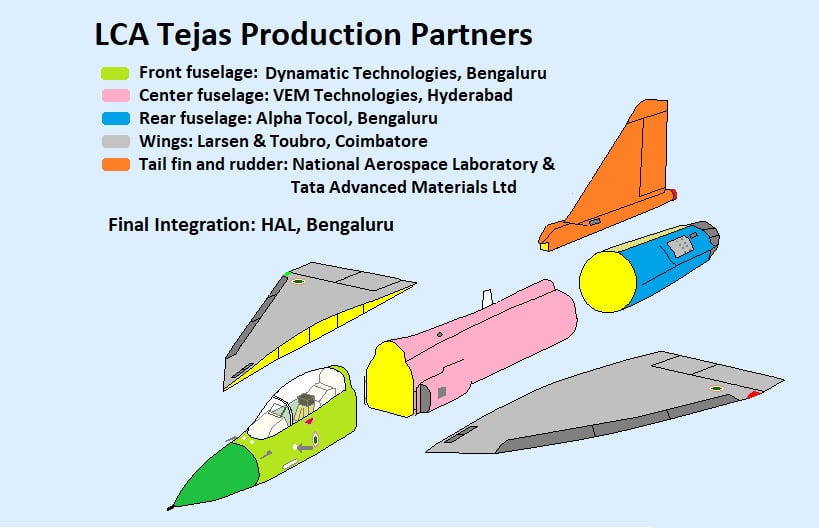
Some parts of how Tejas is made are interesting. It is the smallest single-seat, single-engine fighter plane in the world. It has a delta-wing design with no tail. A single-engine plane costs about 30% less to build and run than a twin-engine plane. But for high performance, especially in the role of ground attack, twin-engine aircraft are the best choice.
The flyaway and life-cycle costs are both cut down by a small size. It also makes it hard to find Tejas. But it also makes the important payload/range performance worse. Analysts think that the larger SAAB Gripen is the smallest multi-role aircraft that can be used. A plane with only one crew member costs less, but the pilot has to do a lot of work. This is fixed by putting more computers and automation in the cockpit.
Tejas is not made to be quiet. But because of its small size, high percentage of composite materials that don’t reflect radar (about 45% by weight), and Y-shaped air intakes that stop radar reflections from the engine’s fan blades, Tejas is hard to see or find with radar.
Tejas can also use its passive Infrared Search & Track (IRST) system instead of its active radar sensor to avoid being found. In the same way, it will use its datalink to talk to friendly planes instead of its radio, which would give away its location. The datalink also makes it easier for friendly aircraft and AWACS to share information.We recommend buying your favorite toothbrush at super low prices with free shipping, and you can also pick up your order at the store on the same day.
In the 1980s, HAL and India’s Aeronautical Development Agency started making the single-engine, multi-role Light Combat Aircraft. It was meant to replace India’s large fleet of MiG-21 jets, which were bought in the 1960s. At the moment, 50% of Tejas’s parts are made in India, but that number is set to rise to 65%. The jet has an American F404 turbofan, Israeli radars, and Russian weapon systems.
But because the Tejas took so long to make, the first one didn’t do very well. It was so bad that the Indian Navy didn’t want to use it. The IAF did decide to buy Tejas jets, but the service’s auditor general said that the design didn’t meet 53 criteria. For example, the radar and missile-warning systems weren’t good enough, and the engines weren’t powerful enough for the weight of the airframe. There was also no support for electronic warfare.
Even though it has problems, Indian Air Force pilots seem to like the Tejas. The latest Mark 1A model should fix most of the major problems with the Tejas Mark 1’s avionics and make it much easier to maintain.
For example, a cheaper short-range fighter makes sense for a country like India that has military rivals right on its border. Adding an aerial refuelling probe to the Mark 1A will make it easier for Tejas jets to be used on longer-range missions, but the IAF only has six Il-78MKI air-refueling tankers, so this is still limited.
HAL is also replacing the Tejas’s doppler radar, the ELM-2032, with an active electronically scanned array (AESA) system, the ELM-2052. X-band AESA radars are the best in modern air warfare because they have better resolution and are harder to jam. They are also much harder to find. This is a huge advantage because it lowers the risk of keeping the radar on and makes it more likely that an enemy will be caught off guard.
The Israeli ELM-2052 can scan for both air and surface targets and can keep 64 tracks at the same time. It can also do synthetic aperture mapping. Unofficial sources say that a radar cross-section of 1 metre squared has a range of 180 miles for large surface targets and 93-124 miles for air tracks.
The ASRAAM heat-seeking missile, which is also used by the Royal Air Force of the UK, will also be built into the Tejas. This is a short-range missile with a range of 31 miles, which is longer than most of its competitors. It can also target aircraft up to 90 degrees off the line of sight and lock on after launch.
The Mark 1A is also getting a new Unified Electronic Warfare Suite, which is made up of an improved Radar Warning Receiver that lets the pilot know when an enemy radar lock is happening and an EL-8222 wide-band Self Protection Jamming pod on the outside of the plane for self-defense. This addition is also a very important step toward survival.

Other improvements include a better “moving map” system for the pilot, which can use data from both Russia’s GLONASS and India’s IRNSS satellite navigation systems.
But even though the Tejas is better than the older J-7 and Mirage jets and might be slightly better than the Pakistani-Chinese JF-17 Thunder (though the cheaper Thunder is also going to get longer-range missiles, AESA radar, and more powerful engines), it still can’t match the manoeuvrability of Pakistan’s F-16 and China’s J-10 single-engine fighters.
HAL hopes to meet this higher performance standard by replacing the F404 engine in the Tejas with the more powerful General Electric F414 turbofan, which is used in the FA-18 Super Hornet and the Swedish Gripen-E.
This Tejas Mark 2, which is now officially called the Medium Weight Fighter, would have a long-range infrared sensor, a domestic AESA radar, canards (small wings on the nose) for better manoeuvrability, AI pilot assistance, and an integrated sensor/electronic-warfare package optimised for network-centric warfare. Theoretically, it could carry up to 14,300 pounds on 11 hardpoints and have twice the range of the Tejas because it could hold twice as much fuel.
HAL says it will finish a MWF prototype by 2022, and the first flight will happen in 2023.
As a bigger stretch, HAL is proposing a two-engine “Super Tejas” to meet the Indian Navy’s requirement for a two-engine deck-based fighter (TE-DBF). The “Super Tejas” would also be available in a land-based version for the Indian Air Force (IAF) called the “ORCA” (Omni-Role Combat Aircraft).
Key Facts About LCA Tejas
India’s HAL planned and built the LCA Tejas (Hindustan Aeronautics Limited).
It took the place of the old fighter planes called Mig 21.
The Light Combat Aircraft programme was given the name “Tejas,” which means “radiance” in Sanskrit. This was done in 2003 by the PM at the time, Atal Bihari Vajpayee.
It is the second fighter jet that HAL has made that can fly faster than sound (the first one being HAL HF-24 Marut).
LCA Tejas is a multirole light combat aircraft with a single engine.
It is the lightest and smallest supersonic fighter aircraft that can do more than one thing.
It is made to carry a variety of air-to-air, air-to-surface, precision-guided, and standoff weapons.
Tejas has a single engine, a compound Delta wing, and a tailss design.
The goal of the LCA programme was to grow and improve India’s own aerospace industry.
Since the 1970s, the Indian Air Force has mostly used MiG 21 planes. The main reason for the LCA programme was to get rid of the old MiGs.
The second goal was to improve the aviation capabilities of the country’s own people.
HAL plans to give the Indian Air Force 123 Tejas planes by 2024–2025.
Last year, the Indian government gave the state-owned Hindustan Aeronautics Limited (HAL) a contract worth Rs 48,000 crore to make 83 Tejas jets by 2023.
Malaysia chose the Tejas fighter jet, which was made in Malaysia, as its first choice. This Indian plane went up against well-made planes from China, Russia, and South Korea, but because of its features, it beat them all.
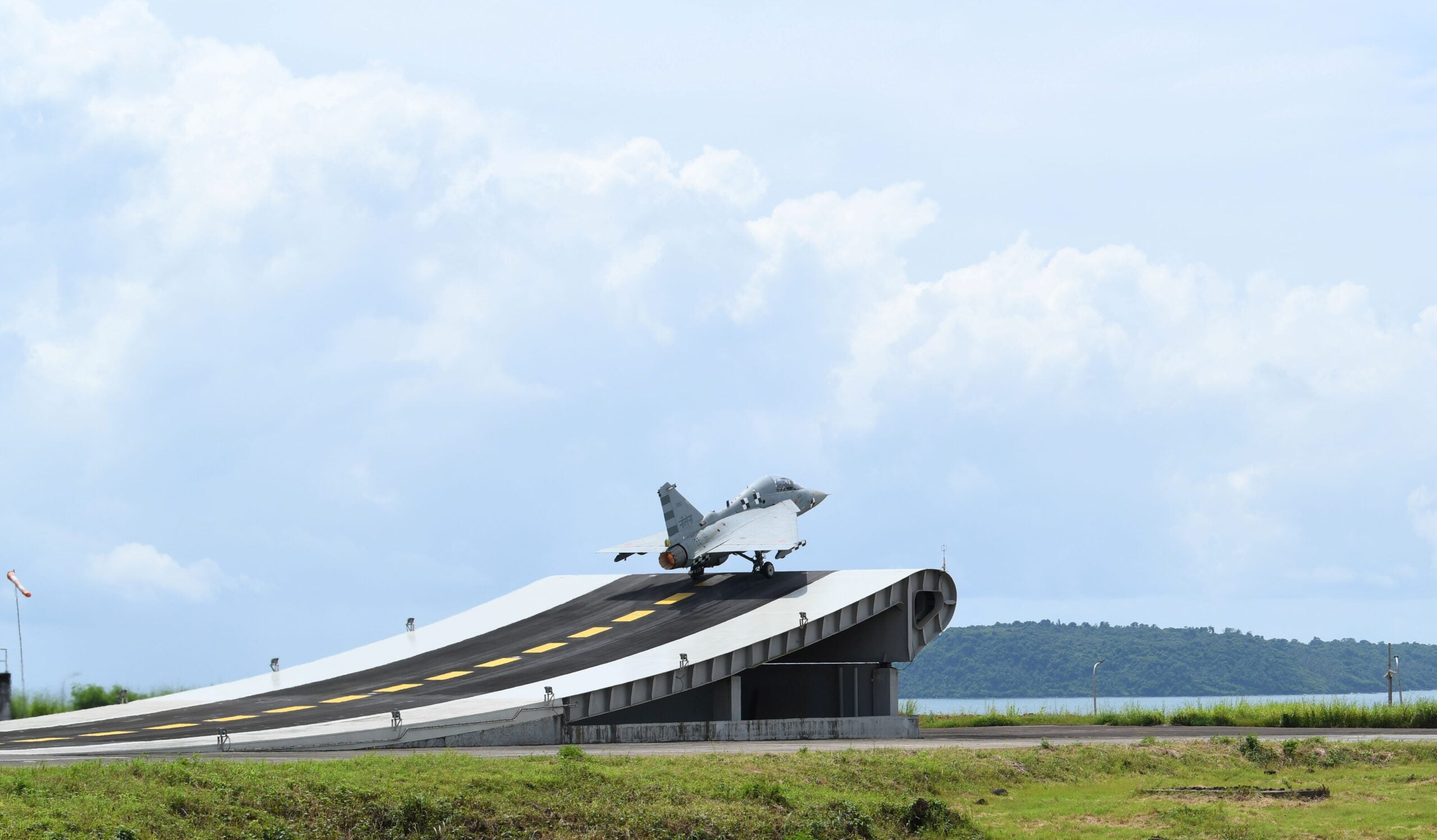
Qamar Agha, an expert in defence, said that Tejas is much lighter than Sukhoi.
“Tejas can easily carry eight to nine tonnes of weight. It can fly with the same number of weapons and missiles as the heavier Sukhoi. Its biggest advantage is its speed. Even though it is light, it is the fastest thing out there. At a height of 52,000 feet, these planes can fly as fast as the speed of sound, which is Mach 1.6 to 1.8 “he said.
Agha also said, “The Tejas Mark-1A fighter plane costs more than the Sukhoi-30MKI because it has a lot of new equipment.” Israel, for example, made radar for it. The radar on the plane was also made in the country. It’s very light, and its fighter power is better. It’s a fighter plane that can do more than one thing.”
Tejas has an active electronically-scanned radar that lets it do important missions. It can refuel while in the air and then go back to war. It can fire at enemy planes from a very long distance. It can also stay out of the enemy’s radar system.
Tejas took its first flight in January 2001. In 2016, the Indian Air Force added the plane to its fleet.
Tejas is likely to get better in the future, with features like Direct Voice Control (where the pilot talks to the sensors), an engine thrust vectoring nozzle (for better manoeuvrability in flight and better performance on the runway), and hopefully a Variable Camber Wing (which will keep its high efficiency throughout its flight envelope) and a more advanced engine. When these things happen, India’s space and defence industries will have grown up.
But the best reason to give the IAF enough LCA Tejas Mk 1s to keep the IAF’s operational potential is that it is made by the Indian aerospace industry and is easier and cheaper for the IAF to get than the fancy and much more expensive platforms that come from other countries. This will also fit with the mantra of “indigenization.”
After dropping out of a joint venture to make an Indian version of Russia’s Su-57 stealth fighter called the FGFA, HAL is now working on a stealth fighter called the Advanced Medium Combat Aircraft (AMCA).
HAL still hopes to make up for the long time it took to make the Tejas by quickly improving and changing it in the 2020s. Time will tell if the Indian government will stick with more advanced Tejas variants as it considers buying mature foreign designs like the Rafale and F-15EX as well as stealth aircraft like the AMCA or the F-35 or Su-57.

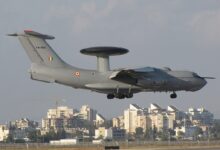
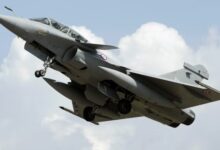
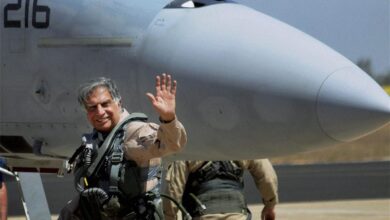
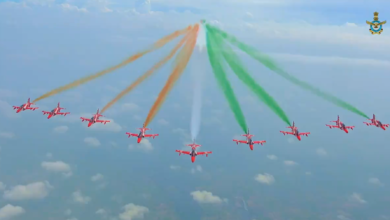
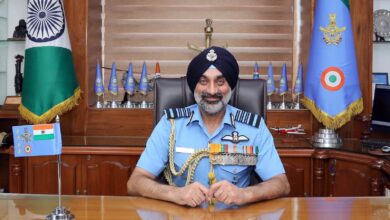

Facebook Comments